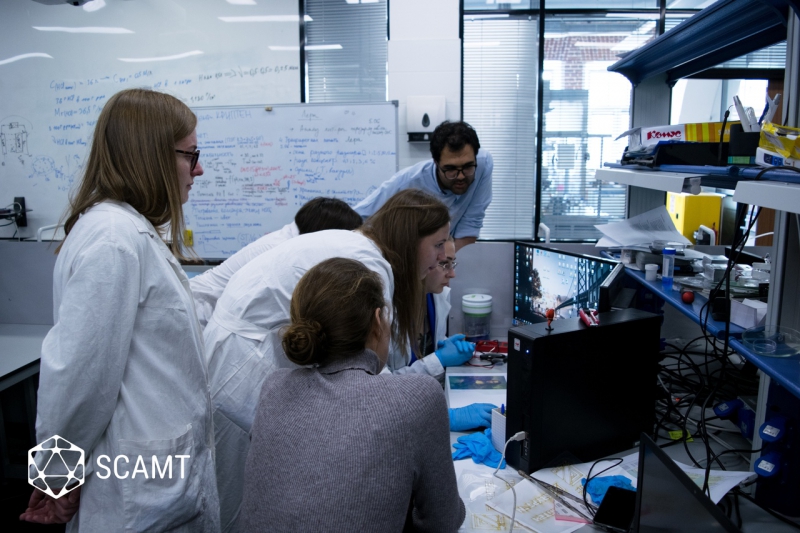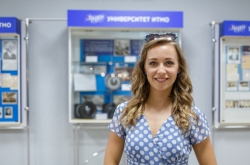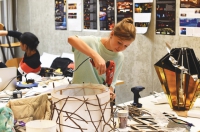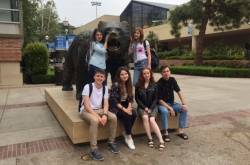Daria Bugakova, spent a semester at the University of Liège, Belgium
How to go on a semester exchange to Belgium
Several factors allowed to me to pursue an exchange combining full-time studies with lab work in Belgium: firstly, my good academic and research record at ITMO University; secondly, a good level of proficiently in English, which is a mandatory requirement for students going on an exchange abroad. Apart from that, the focus topic of my scientific advisor over at the University of Liège was very close to mine. After I’d written him a letter saying that I would like to work as part of his group, he readily agreed to take me on at his laboratory.
The working process
I spent a total of six months in Belgium: I studied, worked at the lab and took all exams alongside other students. I studied in the specialization “Chemical Technology” as part of my Bachelor’s degree, and in my Master’s degree I specialize in energy- and resource-saving processes. Whilst in Liège, I did research as part of GRASP, The Group of Research and Applications in Statistical Physics, which provided me with an amazing experience of working in the field of physics with a focus on engineering physics disciplines.
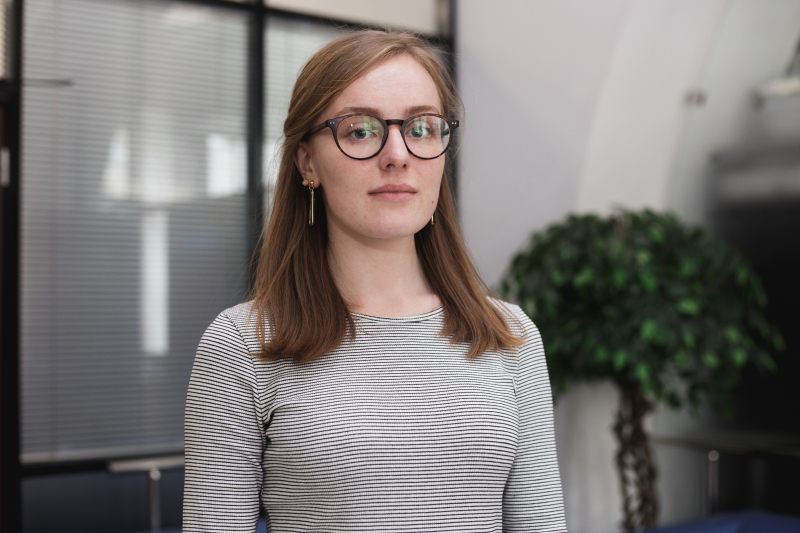
I worked in the lab in the spare time from my studies: usually, in the mornings or the afternoons depending on the class schedule. I had access to everything I needed, be it equipment, chemical agents, or scientific literature. I was very warmly welcomed by my colleagues, who asked me a lot of questions about science in Russia and were always ready to help.
The project I worked on was called “Evaporation dynamics of sols in top and upside-down positions”. Because the laboratory I conducted my research at mainly specializes in fundamental research, my project became part of this work: I studied the dynamics of evaporation of sol drops in two different positions: when the drop is on the surface of the substrate, and when it’s under the surface.
The project itself wasn’t very difficult in terms of the experimental component: the whole task was to evaporate the drops and analyze the so-called patterns formed by solid sol particles after the solvent had completely evaporated.
In terms of practical significance, it can be said that this method can be used for organizing particles in a certain order or structure. The main emphasis was on comparing the patterns formed under different conditions: various sol concentrations, temperatures, positions, as well as the purity of the surface the drop was located on.
This topic is now very relevant because the current trend is to minimize everything around us: the electronic components of various devices, and the devices themselves. The world is bent on miniaturization, and so the development of techniques for achieving this goal, nanostructuring being one of those, is a very vast and interesting research topic.
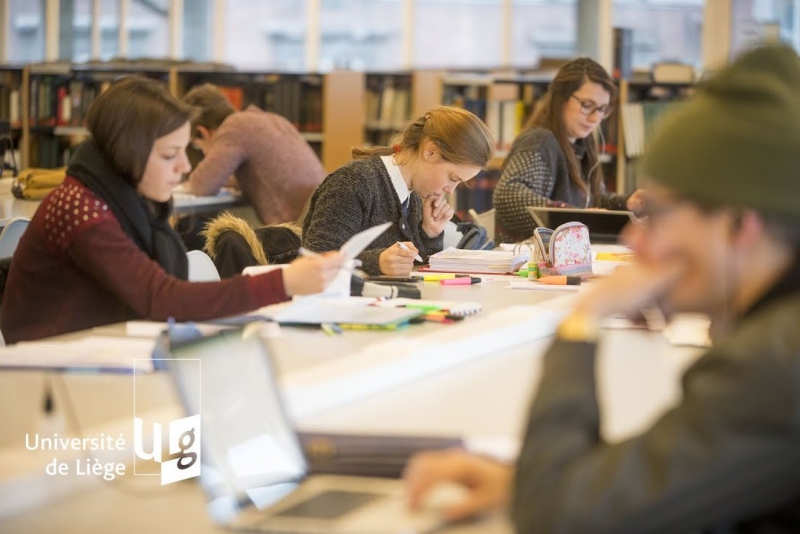
I became interested in this project because having worked with sols before, I had some understanding of the theoretical foundation of the processes involved. Moreover, it didn’t seem to be too hard in regard to achieving the end result, which was important because I did take into account that combining lab work and studies in a foreign language wouldn’t be easy.
What you can learn as part of an internship
The educational process was the most exciting aspect for me: how the studies were organized, how the interaction between students and lecturers came about. The subjects I studied were pretty complex but really interesting, and our lecturers managed to explain them in such a cogitable way that even the students with no particular background in physics were able to grasp them.
Also very useful was obtaining the experience of independent project work. My scientific advisor’s main role was to act as a consultant offering me advice when I needed it, and it was down to me to perform all the work and find the solutions to the problems as they occurred. This was a great lesson in being independent and responsible as a researcher. Apart from that, I had the chance to master the equipment which I don’t have access to here, for example, a magnetic force microscope, a device for the physical evaporation of materials from the gas phase, as well as a device for plasma surface cleaning, a spin coater, and many more.
This experience gave me a strong impetus for further development. On top of that, the knowledge I obtained in Belgium allowed me to gain a more detailed understanding of the project I’d worked on prior to my exchange, as well as to conclude this stage of research with writing and publishing a high-quality article in English. Undoubtedly, the experience of having lived in another country also has a positive impact on one’s worldview and, of course, the level of English, which is a huge advantage in our dynamically developing world.
Anastasia Sherstyuk, did a three-month internship at Leipzig University, Germany
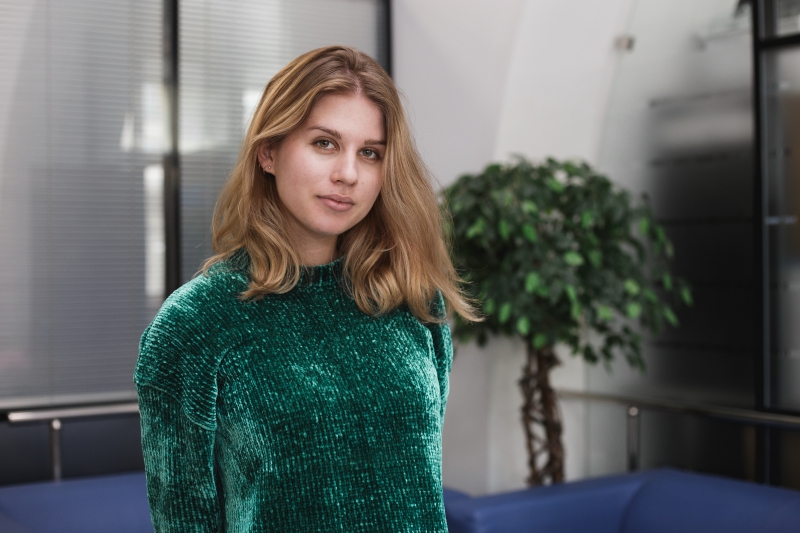
How to land an internship in Germany
I was able to do an internship at Leipzig University thanks to the established scientific ties between this university and ITMO. Germany is one of the leaders in the field of chemical education, offering all the conditions needed for conducting high-profile research: great research infrastructure and experienced specialists who are always willing to help a beginner scientist out, so I was very happy when I learned that I was going to Leipzig.
The working process
My internship lasted for three months. I worked as part of the group headed by Professor Evamarie Hey-Hawkins, whose main research focus is the chemistry of phosphorus compounds.
I had a supervisor who helped me cope with the difficulties arising in the course of the work. The project I worked on in Germany was a continuation of my research at ITMO University: the synthesis of a nanoplatform for drug delivery and radiotherapy treatment.
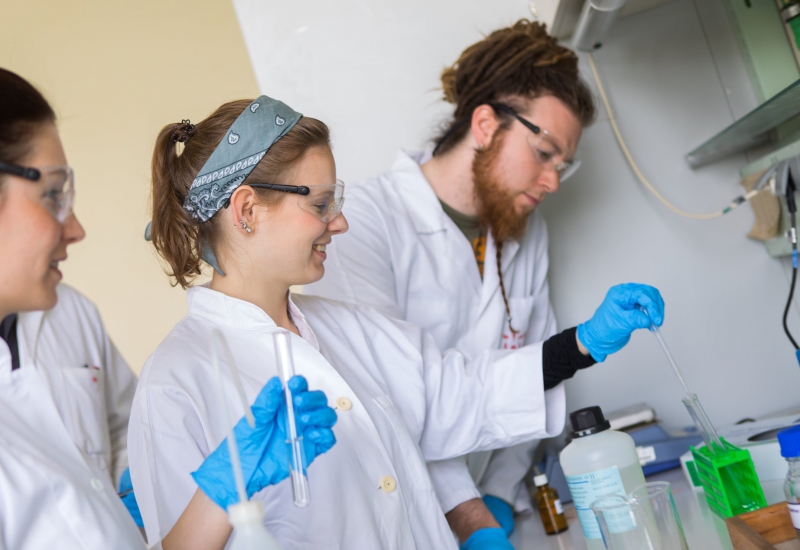
What makes research in this field so topical? Although the humankind has seen great leaps in cancer treatment, the existing methods have their drawbacks. One disadvantage of radiotherapy, for example, is its insufficient accuracy of treatment, and although the developments in 21st century have allowed irradiation to be carried out with greater precision, healthy tissues are still being damaged in the course of the treatment. Because of their properties, nanoparticles can accumulate in tumor tissues. That is why, by using nanoparticles that contain atoms with a large number of electrons and are capable of enhancing the effect of radio-frequency emission, it is possible to significantly reduce the negative impact on healthy tissues without reducing the effectiveness of the treatment. Nanoparticles are also often used in targeted drug delivery, which, too, enhances the therapeutic effect. I pursue this topic because I want to make other people’s lives better, and this project is my contribution to paving the way for better treatment in the future.
What you can learn as part of an internship
My work during the internship allowed me some time to travel through Germany and visit Paris. Traveling not only gives you the chance to unwind and escape the daily routine, but also allows you to learn more about the life and culture of people from other countries. But what I consider the most beneficial were the skills I obtained as part of my work in the laboratory: conducting synthesis in an inert atmosphere was a first for me.
The research autonomy I had during the internship helped me find ways for better organization of the scientific inquiry and understand my past mistakes related to this process. Now I’m better prepared for conducting independent work and ready to carry my research further.
Maxim Zakharzhevsky, did a two-month internship at the Hebrew University of Jerusalem, Israel
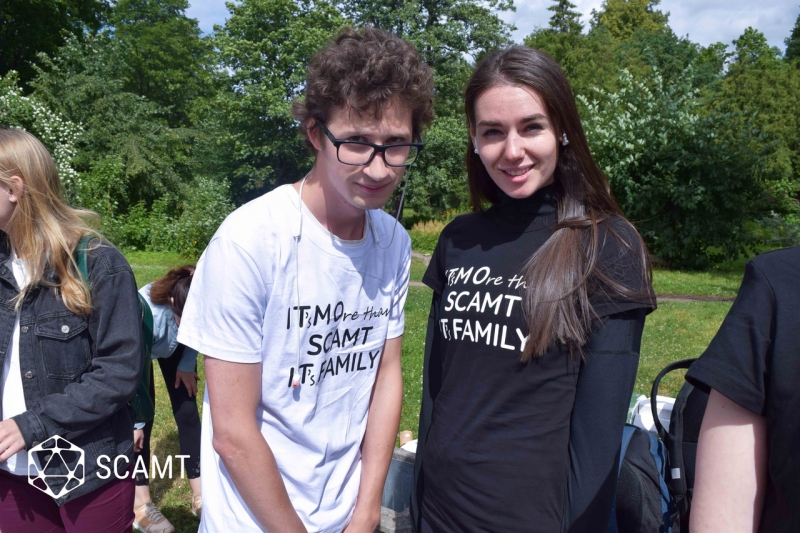
How to land an internship in Israel
ITMO University’s SCAMT Laboratory has close ties with the research group of Professor David Avnir from the Hebrew University of Jerusalem. My scientific advisor Vladimir Vinogradov offered me to carry out a part of the project I’m working on in Israel under the guidance of Prof. Avnir, who is a recognized leader in his field. I just couldn’t turn down such an amazing opportunity.
The working process
My internship lasted for two months. Its terms didn’t require me to attend any lectures, so I was able to fully concentrate on my work in the laboratory. During the internship, I began a project that aims to study the influence of the form and structure of a drug carrier on the effectiveness of the process of thrombolysis.
I consider this project to be of high practical and theoretical value. Strokes and heart attacks are the leading causes of death in today’s world. Our laboratory boasts an expertise in the development of drug nanocontainers for increasing the rate of blood clot elimination and reducing side effects. My work will allow me to better assess the impact of different drug carriers, as well as to increase the effectiveness of the overall treatment.
What you can learn as part of an internship
First and foremost, participating in internships like this one helps you obtain the experience of interacting with students and scientists from all over the world. The most interesting part for me was learning about the day-to-day work of scientists in other countries, and what I found to be the most useful was the opportunity to show them your own project. I have also mastered a range of new skills I can now apply in my own research.
